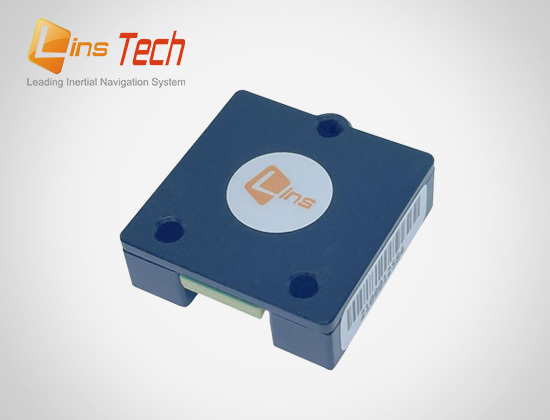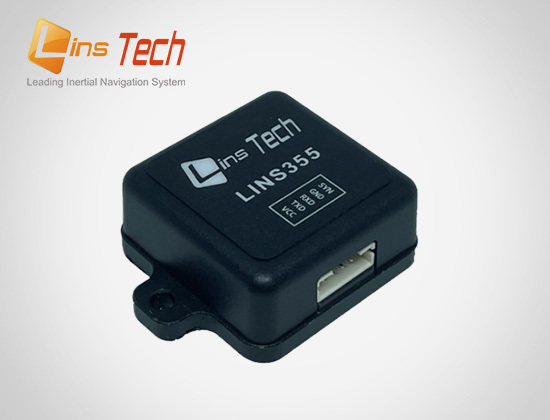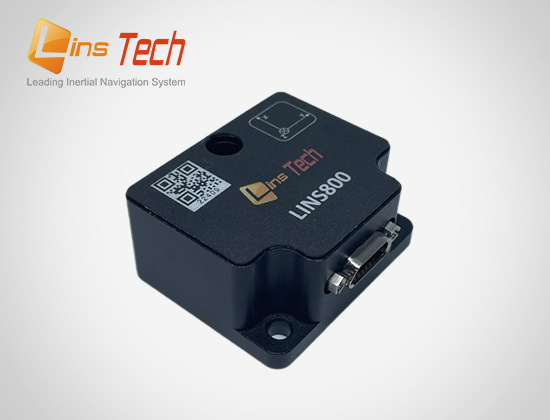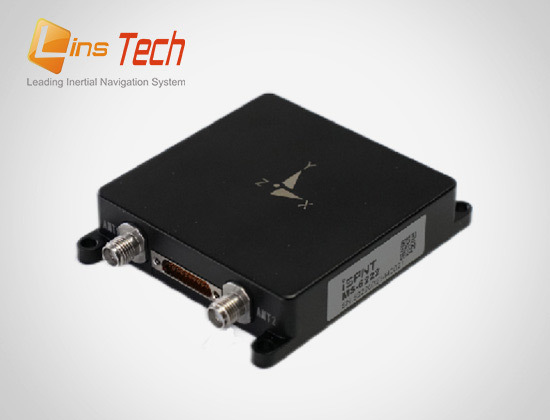Robotics
During the movement of the robot, its posture (including pitch, roll and yaw) will constantly change. The accelerometer in the IMU measures the linear acceleration of the robot in three dimensions, and the gyroscope is used to measure the angular velocity. Taking the humanoid robot as an example, when the robot walks or performs actions, the accelerometer of the foot can sense the acceleration changes during the foot landing and lifting. At the same time, the gyroscope located in each part of the robots body can detect the rotation angular speed of each part of the body.
By processing these acceleration and angular velocity data, the filtering algorithm (such as Kalman filter) and kinematic model are used to accurately estimate the pose of the robot. For example, during the bipedal robot walking, when the body is detected leaning forward, the control system can adjust the angle and torque of the leg joints according to the posture information provided by the IMU, so that the robot can maintain balance and prevent falls.
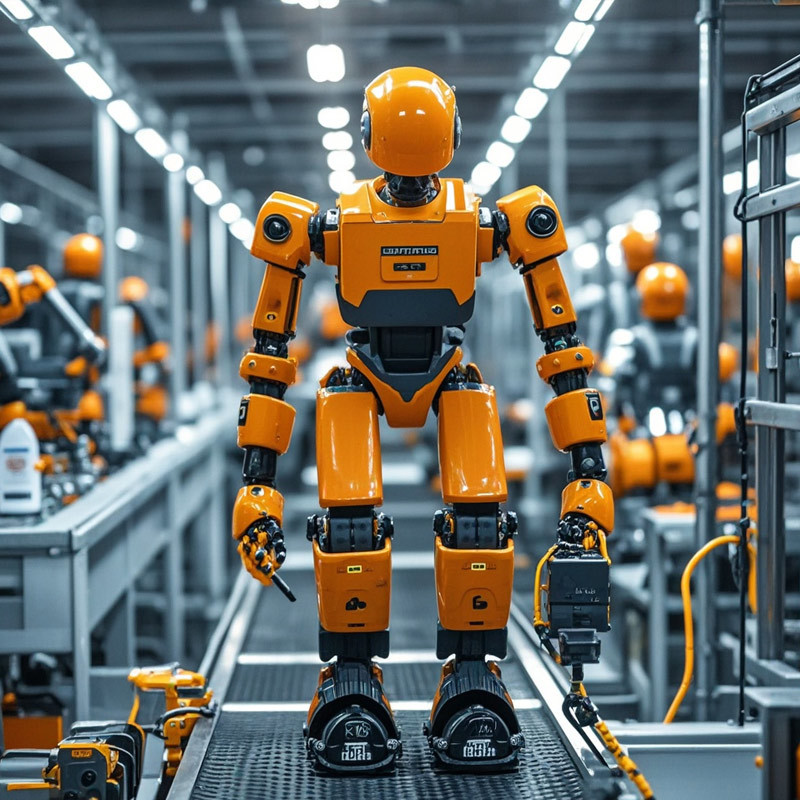
In addition, the action execution of the robot needs precise control, and the IMU can provide detailed motion state information for the action control. For robotic arm robots, the IMU is installed near each joint of the robotic arm to measure the movement acceleration and angular velocity of the joint. These data reflect information such as the movement speed, direction, and strength of the robotic arm. The control system can optimize the movement of the robotic arm according to the information provided by the IMU. For example, when a robot performs precision assembly tasks, the robotic arm needs to move at precise speeds and angles to grab and place parts. The data measured by IMU can be used to adjust the trajectory of the robotic arm in real time to ensure the accuracy and stability of the movement. At the same time, the analysis of IMU data can also evaluate the motion performance of the robotic arm and improve the motion control algorithm.
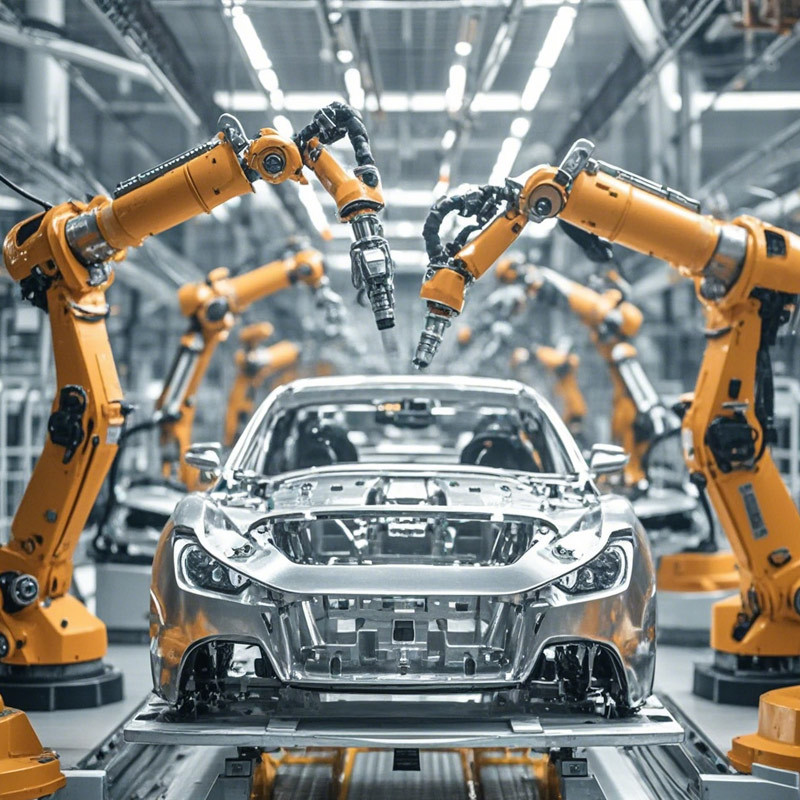
Recommended products

